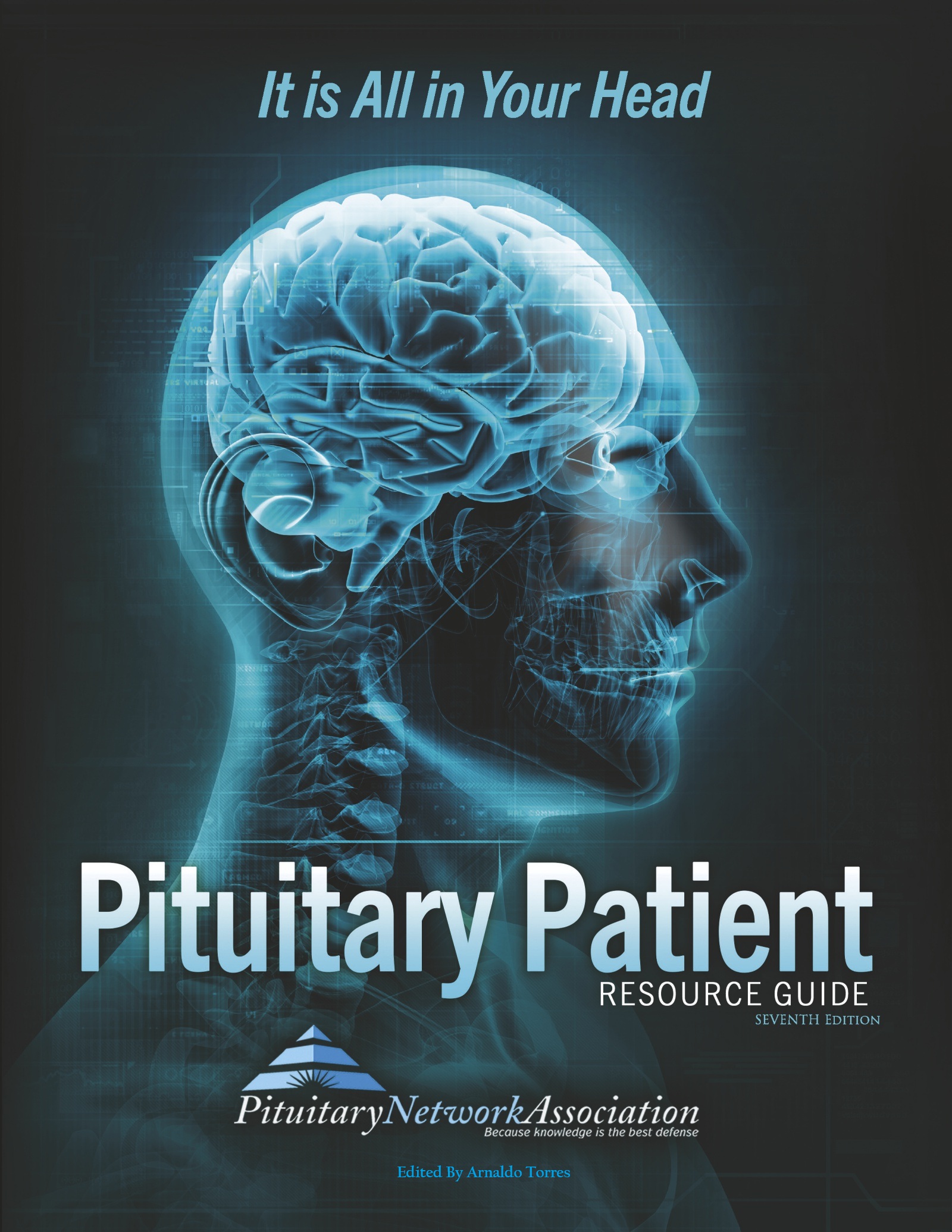Pituitary Glossary starting with L
Laser
An acronym of light amplification by stimulated emission of radiation.
A surgical tool that creates intense heat and power when focused at close range, destroying cells by vaporizing them.
Lateral
In radiology, slang for a lateral X-ray.
In anatomy, the side of the body or a body part that is farther from the middle or center of the body. Typically, lateral refers to the outer side of the body part, but it is also used to refer to the side of a body part. For example, when referring to the knee, lateral refers to the side of the knee farthest from the opposite knee. The opposite of lateral is medial.
Lateral View
On the side.
On the side.
LBM
Lean body mass.
The body composition of fluids and muscle tissue. Separate and distinct from fat mass.
LDL
Low-density lipoproteins
The LDL (Low Density Lipoprotein) is a unit made up of proteins and fats that carry cholesterol in the body. An LDL test measures how much low-density lipoprotein (LDL) you have in your blood. High levels of LDL cholesterol cause a buildup of cholesterol in the arteries, commonly called “bad” cholesterol. High levels of LDL increase the risk of heart disease. An LDL level less than 100 mg/dl is considered optimal, 100 to 129 mg/dl is considered near or above optimal, 130 to 159 mg/dl is considered borderline high, 160 to 189 mg/dl is considered high, and 190 mg/dl or greater is considered very high.
Lethargy
Sluggishness, drowsiness, indifference.
A condition marked by drowsiness and an unusual lack of energy and mental alertness. It can be caused by many things, including illness, injury, or drugs.
LH
The luteinizing hormone.
A gonadotropin secreted by the pituitary gland, the hormone promotes masculinity in men and helps to regulate the menstrual cycle in women in conjunction with FSH.
LHRH
The Luteinizing Hormone Releasing Hormone; another name for GnRH.
Luteinizing hormone-releasing hormone – Decapeptide hormone released by the hypothalamus which stimulates the synthesis and secretion of both follicle stimulating hormone (FSH) and luteinizing hormone (LH) from the pituitary gland.
Androgens can cause the growth of prostate cancer cells. Luteinizing hormone-releasing hormone agonists may lessen the amount of androgens made by the body.
LIF
Leukemia inhibiting factor.
Affects many systems, including hematopoietic, embryonic, bone, hepatic, neuronal, and fat tissues.
Local
In the area of the tumor; confined to one specific area.
Localization – The process of determining or marking the location or site of a lesion or disease. May also refer to the process of keeping a lesion or disease in a specific location or site.
Lumbar Puncture
Spinal tap. Needle penetration into the subarachnoid space of the lumbar spine.
Used to withdraw a sample of spinal fluid for examination. Also used to inject a dye into the spine prior to a myelogram.
Lumen, Pl. Lumina, Lumens
The space in the interior of a tubular structure, such as an artery or the intestine.
The build-up of plaque in the internal carotid artery can lead to narrowing of the artery’s lumen, preventing sufficient blood flow to the brain.
Lymph
A clear, transparent, sometimes faintly yellow and slightly opalescent fluid that is collected from the tissues throughout the body
Lymph flows in the lymphatic vessels (through the lymph nodes), and is eventually added to the venous blood circulation. Lymph consists of a clear liquid portion, varying numbers of white blood cells (chiefly lymphocytes), and a few red blood cells.






